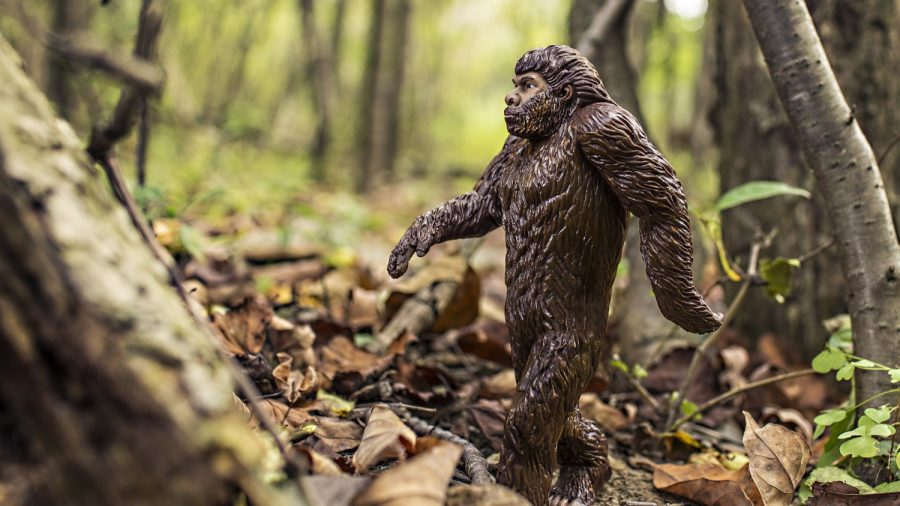After a little more than 40 years, the FBI finally released the results of a hair sample from the site of a supposed ‘Bigfoot’ sighting in the 70s.
Peter Byrne, a well-known Bigfoot researcher who was head of the Bigfoot Information Center and Exhibition in Oregon, wrote the director of the FBI in August 1976 after visiting the site of a “credible sighting” of an unidentified walking creature, The Washington Post reported.
He asked the FBI to analyze ‘Bigfoot’ hair 40 years ago and never heard back. Until now. https://t.co/Z56XddgEeX
— The Washington Post (@washingtonpost) June 6, 2019
News of the sighting had come from two biologists who were both employees of the U.S. Forest Service working somewhere in the Pacific Northwest.
In his letter, Byrne had urged the bureau for its help with his ‘Bigfoot’ research.
In the same letter, according to Fox News, he also added, “will you kindly, to set the record straight, once and for all, inform us if the FBI has examined hair which might be that of a Bigfoot. Please understand that our research here is serious. That this is a serious question that needs answering.”
“Please understand that our research here is serious. That this is a serious question that needs answering,” he wrote, according to The Post.
At the site of the rumoured sighting, Byrne had found some hair and skin snagged in the bark of a tree three to five feet above the ground.
He had bagged the sample and enclosed it in his letter in the hopes that the FBI could conduct some further analysis of the sample which he had been “unable to identify.”
But he never got a reply.
Now, the release of the test results more than 40 years later on the FBI’s online “vault,” obtained through a Freedom of Information request, reveals that the FBI had taken Byrne’s request about the legendary sasquatch seriously.
Bigfoot: https://t.co/Dk93p4zbJO
— FBI Records Vault (@FBIRecordsVault) June 5, 2019
It turns out that the FBI responded to Byrne’s letter twice, but the replies never reached him.
According to The Post, the assistant director of the FBI’s scientific and technical services division, Jay Cochran Jr., wrote back to Bryne on Dec. 15, 1976, saying that while the FBI primarily investigates crimes, “occasionally, on a case-by-case basis, in the interest of research and scientific inquiry, we make exceptions to this general policy. With this understanding, we will examine the hairs and tissue mentioned in your letter.”
A few months later, on Feb. 24, 1977, Cochran wrote another letter addressed to Byrne to inform him of the results that the FBI had reached.
“The hairs which you recently delivered to the FBI Laboratory on behalf of the Bigfoot Information Center and Exhibition have been examined by transmitted and incident light microscopy. The examination included a study of morphological characteristics such as root structure, medullary structure, and cuticle thickness in addition to scale casts. Also, the hairs were compared directly with hairs of known origins under a comparison microscope,” the letter read.
“It was concluded as a result of those examinations that the hairs are of deer family origin. The hair sample you submitted is being returned as an enclosure to this letter.”
Now 93, Bryne told The Post of the bureau’s file release, “We’re just finding this out. It’s disappointing.”
“That’s kind of a dead end,” he admitted of the biologists’ sighting. “If the FBI says it’s deer hair, I guess that’s it. For now.”
With the loose ends of this particular sighting now tied up, Byrne admitted that the test results wouldn’t stop him from continuing to look into the mysterious creature.
“I’ve interviewed too many down-to-earth, sane, sensible people,” he told The Post. “Too many people for them to be making up stories. The description is always the same.”
He said he’s set up numerous motion-sensor cameras near his home in Oregon, just waiting for his own sighting of the centuries-old indigenous legend.


